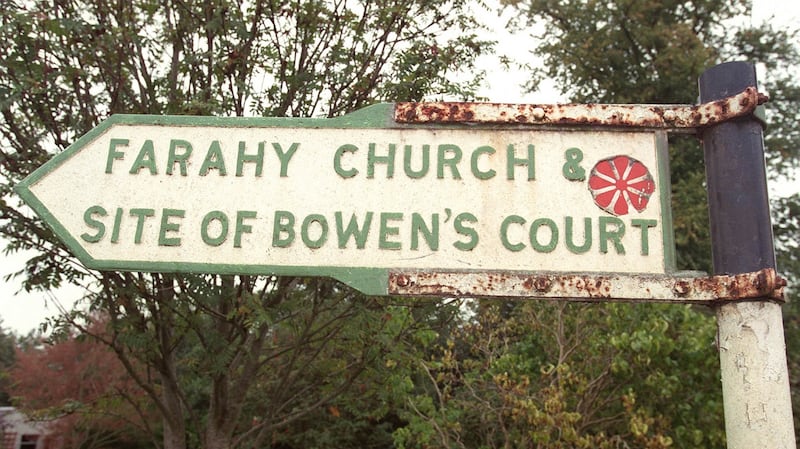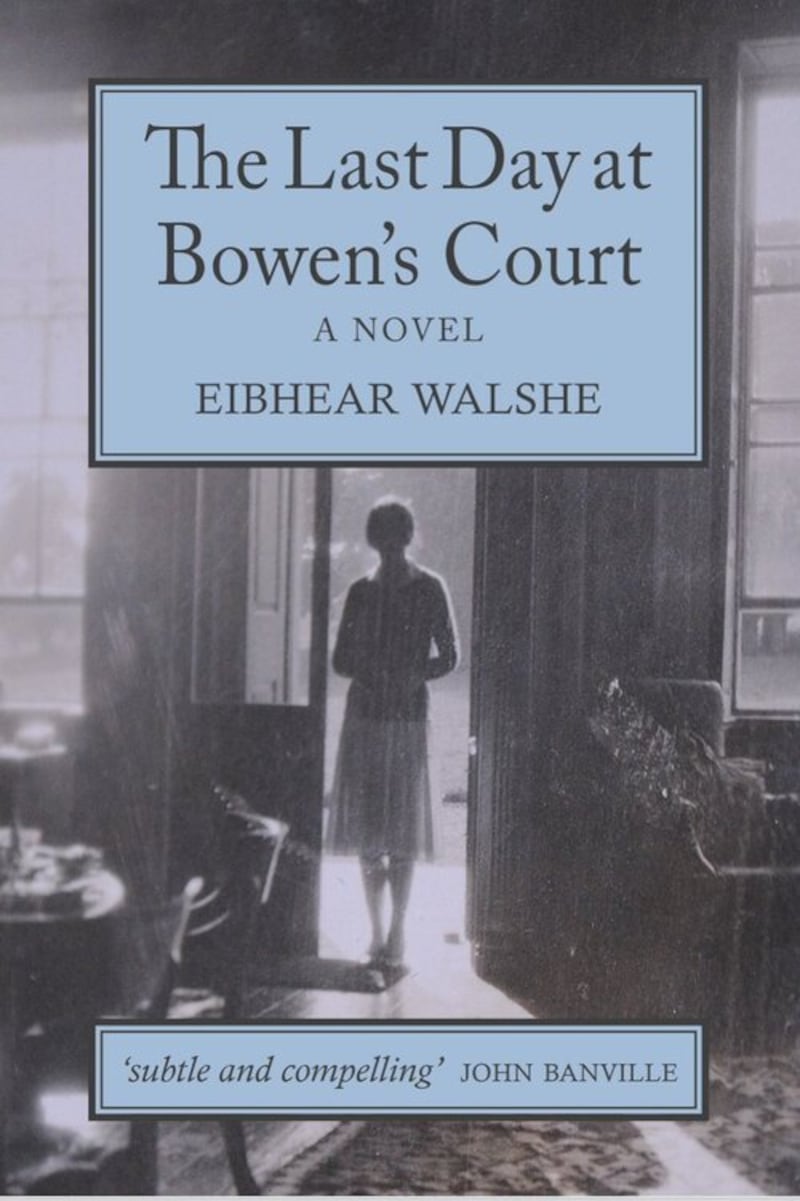How do you keep on writing when your everyday life has suddenly turned into a nightmare, a place where death seems to shadow every step, and you and your loved ones are in constant danger? This was the challenge faced by the Irish writer, Elizabeth Bowen, living and working in London during the second World War and experiencing the worst moments of the Blitz.
Well, in my view, Bowen rose to that challenge magnificently. Her response was to discover a heightened sense of her own imagination, finding, in her own words, that “I lived both as a civilian and a writer, with every pore open”.
As it turned out, the war years were to prove a time of profound and lasting creative energy for Bowen, when she wrote those mesmerisingly brilliant and haunting stories, The Demon Lover and Other Stories, in 1945. She also produced the best (in my view) novel about the second World War, The Heat of the Day, published in 1948.
How did she do it? I’ve always loved Bowen’s writings on her experience of living through the Blitz and now, unexpectedly, her words have an added meaning, an enabling sense of possibility for any of us trying to write in these uncharted and often terrifying times.

Bowen said of her time in London during the second World War that “We all lived in a state of lucid abnormality”. This has a resonance today as I remember her words, a resonance that I never expected to experience when I began to write my own novel about Elizabeth Bowen, called The Last Day at Bowen’s Court.
In my novel, I re-imagine her time in wartime London, the writing of The Heat of the Day and her love affair with the Canadian diplomat, Charles Ritchie. I had been writing about Bowen as a literary critic for 20 years or so, filled with admiration for the inventiveness and the poetic elegance of her prose.
I began to write and to publish fiction myself in the last 10 years, and, about three years ago, it struck me – why not try fictionalise Bowen’s life myself. I can’t answer for other people but I find writing fiction much, much easier than writing biography or literary criticism. A novel is never the truth. It doesn’t have to be. It’s a novel, under no obligation at all except that of attempting to stay as true to the act of imagining as possible.
Although historical fiction derives from the lives of real people, it can go further than a biography or a literary essay in providing answers about the private world of these people. These are, of course, false answers but then this is fiction.
In trying to imagine Bowen’s life, the starting point for me was a book called Love’s Civil War, where Elizabeth Bowen’s letters and Charles Ritchie’s diaries were collected and edited by Victoria Glendinning and Judith Robertson. Here, the drama and the passion of their long-term, long-distance relationship was finally revealed, and in their own words. This love affair, against all the odds, lasted a lifetime, despite both being married to other people at various points in their lives. They rarely shared a home or even a city but he was there to the end, even at her deathbed.
To prepare, I went to Austin, Texas, where Bowen’s papers and letters are, to immerse myself in her world. From there, I followed her footsteps to Farahy in north Cork, to Clarence Terrace in London, to Hythe, to Rome and to Paris, where she and Charles met during the Peace Conference of 1948, finding a few days alone together away from their busy lives.
Slowly I built my novel, as I found a voice for each of the four people, Elizabeth, Charles, Sylvia and Alan. I drew on Bowen’s own fiction to imagine what the biographer cannot know, the private conversations, the battles, the compromises and the power play between the lovers and their partners.


When I began to write, I wondered – what was it like to do as Bowen did, to publish a novel about your love affair, and dedicate it to your lover? Not an unusual thing to do, but imagine doing this while still living with your husband, and in the same year that your lover marries his cousin.
This is exactly what happened with Bowen and so these four intertwined lives fascinated me, and I began to wonder about the kinds of painful negotiations that these four people must have undergone to maintain such tangled lives. How did the others feel, those who didn’t write, who couldn’t tell their stories?
We have Bowen’s novels and stories and Ritchie’s letters and diaries but nothing survives from the point of view of Alan Cameron and Sylvia Ritchie so I decided to write the novel from all four perspectives, giving each a distinct point of view in successive chapters. I felt their story also deserved telling, or at least my version of it.
So now the novel is in print and I hold it in my hand. Little did I imagine when I began the novel that it would be published in a remade world with dark and disturbing parallels to Bowen’s own time? Now, rereading it today, it feels as if these frightening times somehow add another layer to my novel for me. It is giving it another level of meaning, one I had never guessed would exist. I sit here and read the opening lines and think of where we all are and dare not guess our future.
“Knowing this, falling in love with Charles all through the spring and summer of 1941, she knew fear and excitement in equal measure, saw nothing but his slender face and hands and heard only his voice, felt the touch of his mouth on hers. In the most terrifying time of her life, wondering if each morning at her typewriter would be her last, she found an excitement she learned to love.”
The Last Day at Bowen’s Court by Eibhear Walshe is published by Somerville Press.


















